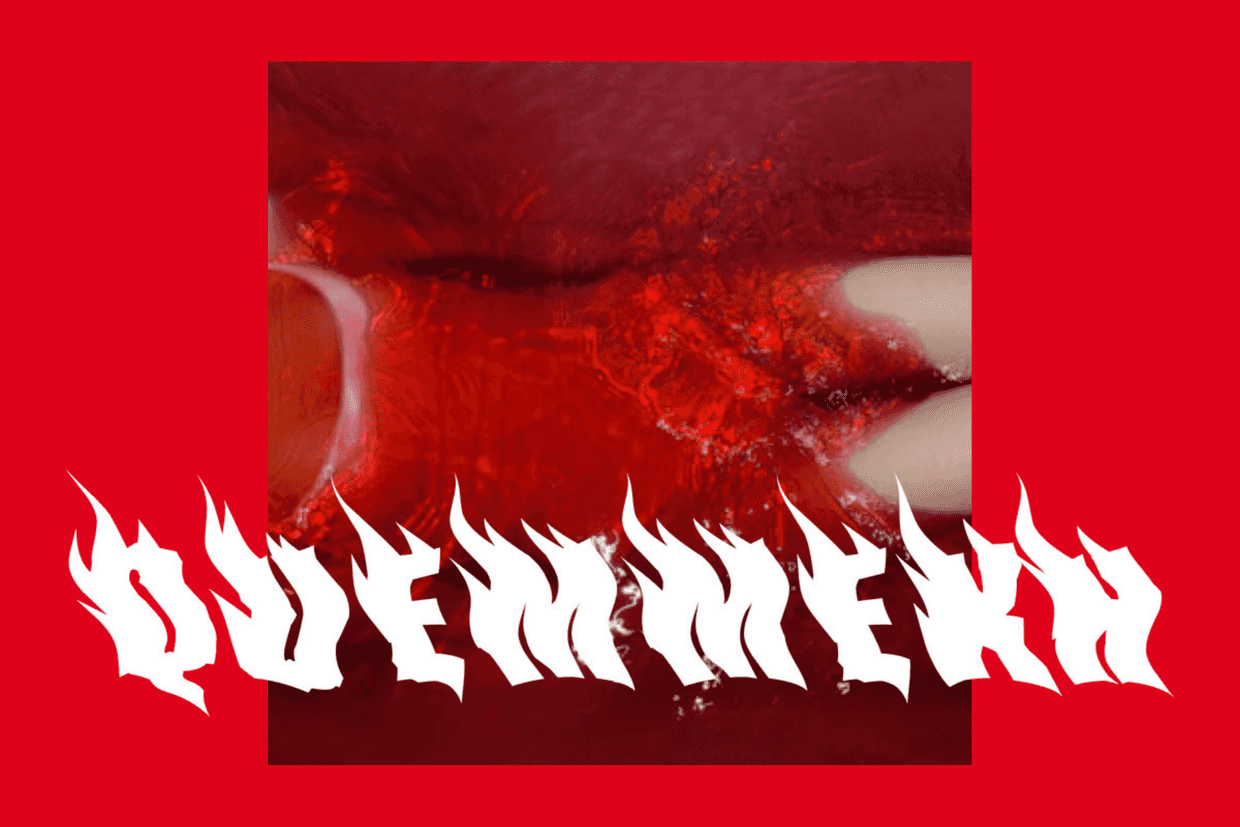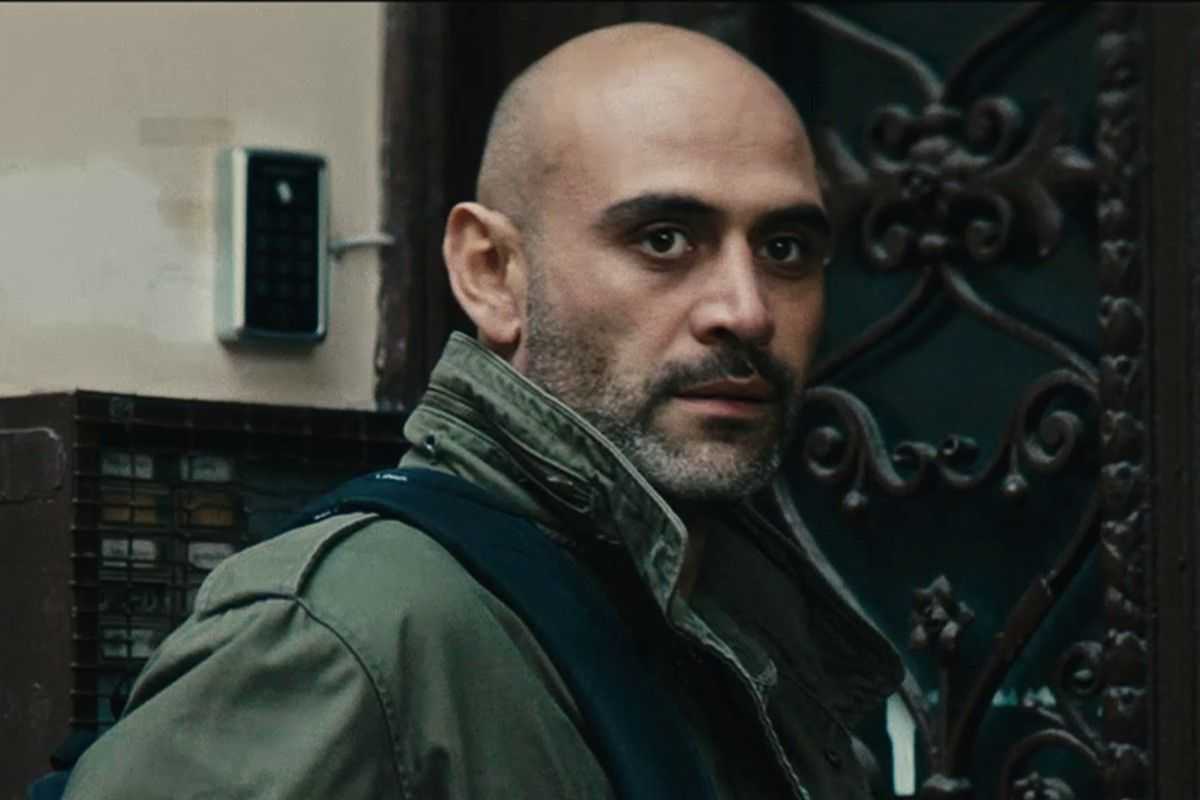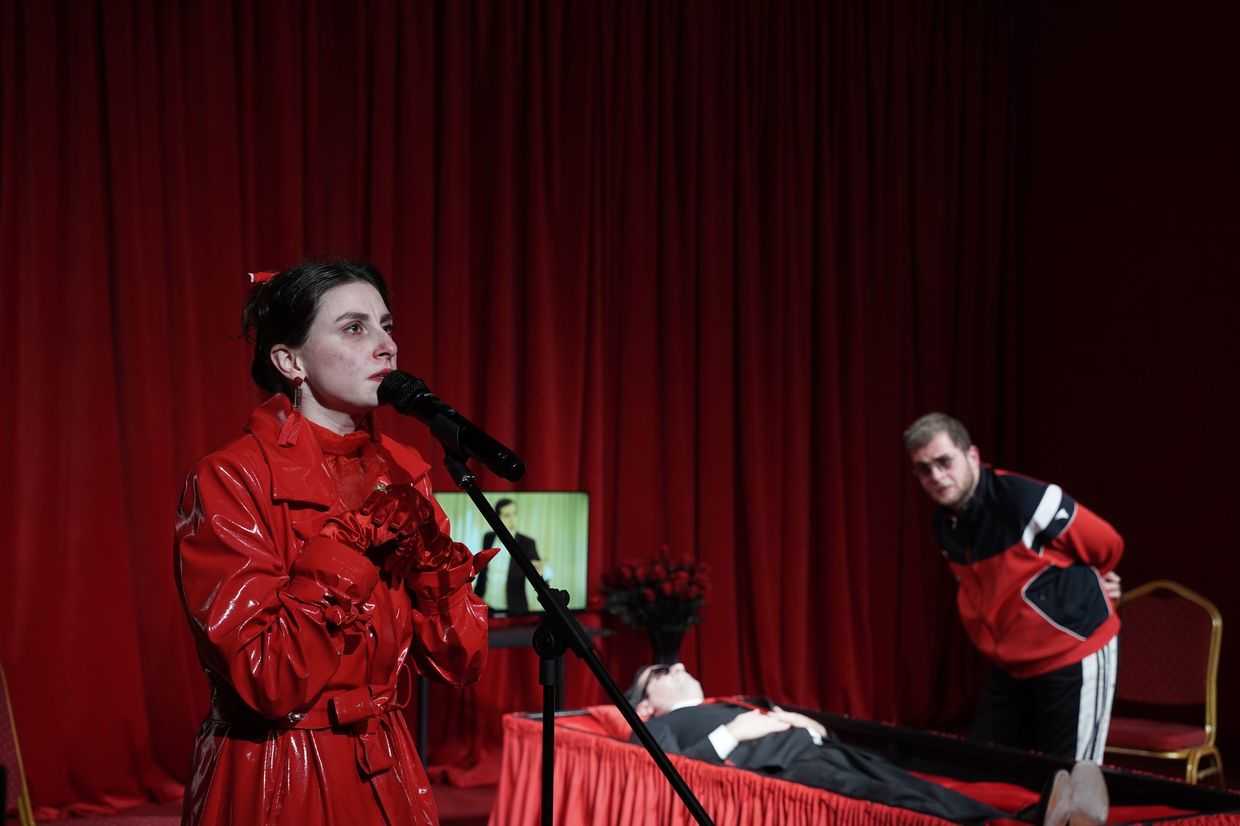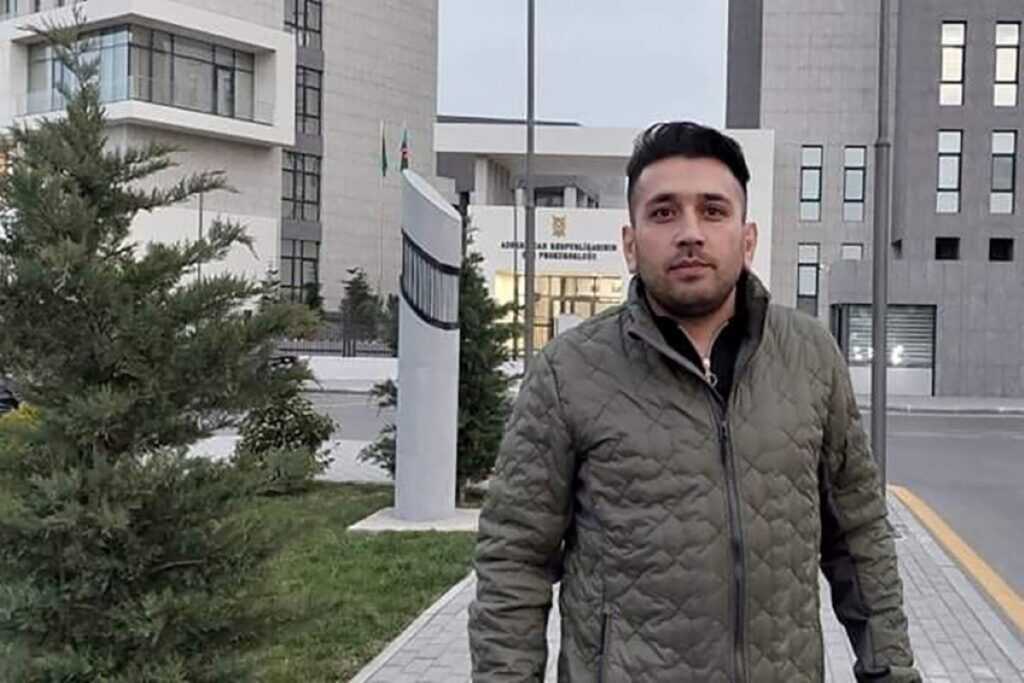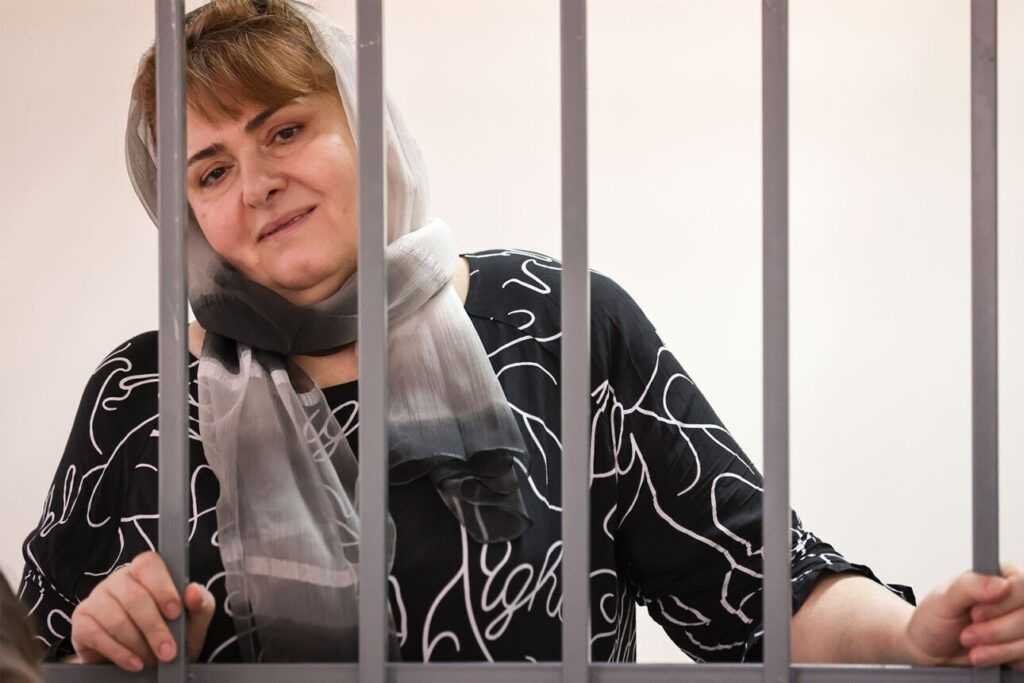
3.5/5 ★
Air Blue Silk focuses on two individuals living still, lonely lives in a city that is quickly and haphazardly being redeveloped before their eyes.
Air Blue Silk (2024) is Tbilisi-born director Irine Jordania’s debut fiction feature film; it premiered at the PÖFF Tallinn Black Nights Film Festival in 2024. The film tells the story of two people living unrelated lives in Georgia’s capital: successful TV presenter Eka (Tina Laghidze), a woman in her forties, and Niko (Lado Odiani), a younger male programmer bent on building an AI robot. Both live in near-total isolation, brought together fleetingly by a video art installation only to part again without saying a word.
The first few scenes of Air Blue Silk show Eka on her way to the TV studio, driving a blue Range Rover and listening to an apparently infinite succession of voice notes from an older woman we later learn is her aunt. While not revealed in the film, the film’s presskit specifies that the aunt is an economic migrant, living in some unnamed foreign country.
The content of these voice notes is charmingly banal — in the first set, the aunt muses over the distinctions between ready-made and home-baked cakes; later messages describe in great detail a trip to the forest with her neighbour to pick mushrooms. Eka flicks through them impatiently, and starts ignoring them completely once she’s sat in her makeup chair.
Next, we meet Niko at his desktop computer, a tabby cat nuzzling at his feet. Niko doesn’t have a single line in the film. Instead, his AI robot — a plaster head that sits on his desk, with a distended skull and large, blinking eyes, in short resembling a female alien — speaks for him in the garbled robotic vernacular of an AI-in-training. She has lines like ‘I feel good’, ‘I exist’, and ‘You are cool’. Interestingly, Odiani actually built the robot for the film himself.
Shots of the city are often filmed from Niko’s perspective, particularly people-watching from his window. Tbilisi appears manic compared with the stillness of his apartment. Repeated shots of people getting on and off buses create a sense of futile, compulsive movement.
Air Blue Silk was filmed during the COVID-19 pandemic, so many of the people in the street shots are masked. It conveniently accentuates the film’s atmosphere of alienation.
A third of the way into the film, Eka and Niko sit silently next to each other in a gallery space in Tbilisi’s Stamba Hotel, watching an animated piece by South African artist William Kentridge. These animated films are some of Kentridge’s best known works, consisting of drawings that are filmed, partially erased, and then redrawn and filmed again, each shot lasting less than a second. Midway through, Eka receives a call informing her that her aunt has committed suicide.
From that moment on, the film revolves through three principle shots with minor variations: Eka at home, prone on her sofa, listening to voice notes from her dead aunt; Niko at his desktop, programming his robot; and, finally, Tbilisi street scenes. The seasons are distinguished by shots through Eka’s three windows: the trees lose their leaves and regain them, blossom appears, Eka remains horizontal and Niko remains at his desk.
Jordania has a keen eye for the strange and the beautiful in her city. She’s particularly concerned with the way it is changing — the camera lingers insistently on construction sites, of which there is no shortage of in Tbilisi. One gets a sense of the city being perpetually erased and redrawn, like the pictures in Kentridge’s animated film. Hurried and resultantly unsafe urban development eventually resolves into one of the film’s principal motifs.
Air Blue Silk is a melancholy film, with fittingly blue-toned colour grading. The near-absence of dialogue can get a little testing, however, and comes at the expense of any real character development. The sad, silent scenes showing Eka on the sofa and Niko at his desk get repetitive towards the end, a finale which, though poetically coherent, fell a little flat.
On the other hand, the protagonists’ lack of speech is fundamental to the film’s poetic structure: if Niko and Eka inhabit their solitude in silence, Eka’s aunt — the invisible third in their isolated trio — reacts with compulsive talk. These are all failures of communication. After she has died, the voice notes that Eka continues to play come eerily from beyond the grave, like light from a dead star.
It’s as if the real dialogue of the film is happening at some deeper level, rising to the surface in symbols only: an incomplete world-map puzzle on Eva’s living-room table speaks to an urge for wholeness; a plant that Niko finds in the street and brings home and nudges continually into a mobile beam of sunlight stands for his desire to participate in the world outside his window; the trees Eka passes on her hikes are numbered in chalk on their trunks as if directly threatened by the ever-expanding city. These three portraits of contemporary alienation — the successful older woman (who, we can infer, chose her career over family and friends), the young male computer nerd, and the elderly woman, separated from her relatives — were all insightfully chosen, and could have benefited from a little development. But Jordania took a commendable risk with this film, and a good deal of it paid off.
Film details: Air Blue Silk (2024) by Irine Jordania.
🗞️ Subscribe to the OC Culture Dispatch
For our culturally curious readers: a free, biweekly selection of film, book, and music recommendations from the Caucasus. Our team offers a varied selection of hidden gems, cherished classics, and notable new releases from all over the region, included in our newsletter.



